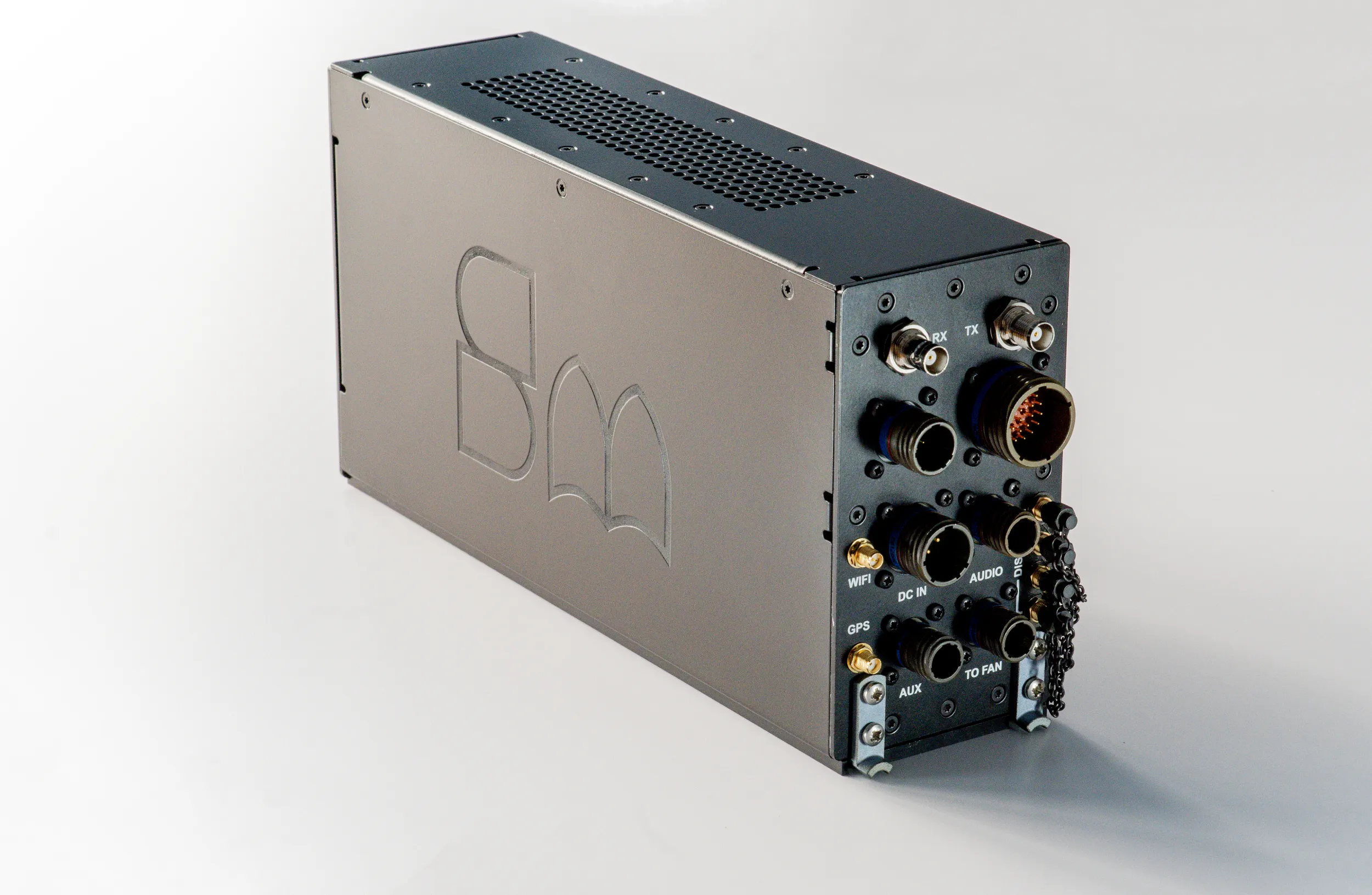
WHY ONE CHANNEL OUTPERFORMS MULTI-CHANNEL

Author Nathan Herbert
Director of Hardware Development
Introduction
In the dynamic world of airborne Search and Rescue (SAR), Disaster Management, Aerial Fire Fighting, Maritime Patrol and Border Security, the importance of fast and efficient mobile phone detection and geolocation has never been more critical. The Smith Myers ARTEMIS Mobile Phone Detection, Location and Communication systems stand out with their innovative use of a single-channel high-capacity transceiver, providing a host of advantages over traditional and slower multi-channel systems.
Advantages
No ‘Pushdown’ Required
Traditional systems often face challenges “forcing down” phones to 2G (GSM) for Direction Finding (DF). DF itself suffers from a host of environmental factors that degrade accuracy, such as drift and multi-path to name a few. This conventional process also takes time to return even loosely accurate results, limited to a single target. ARTEMIS, however, performs geolocation with unmatched speed and accuracy natively on 2G, 3G, 4G, and 5G, ensuring compatibility, overcoming common environmental issues, and offering the ability to accurately locate thousands of handsets rapidly. This is just not possible with a DF system regardless of how many transceivers (channels) the DF system has.

“Mass Mapping” with a Single Channel Transceiver
Enhanced Compatibility
A single channel transceiver offers improved compatibility with other avionics and communication systems. Dual channel systems rely either on discrete multiple antennas or require electronically splitting and/or combining the signals. These can often produce unwanted intermodulation RF products which can either affect the device itself, or more insidiously affect co-located RF systems. Testing and debugging for these issues can and should require detailed analysis and testing to guarantee spectral purity. This adds time, complexity, and cost to the integration. The ARTEMIS transceivers are designed and fully tested to support multiple protocols and standards, employ industry leading filtering techniques to achieve spectral purity which all enables seamless integration with different airborne platforms and networks.
Space-saving
With a single channel transceiver, the need for extra hardware is eliminated, significantly reducing the physical space required for installation—a crucial advantage in space-constrained environments like Unmanned Aerial Systems (UAS) and today’s sensor and electronics packed Rotary Wing Aircraft.
Power Efficiency
Multiple transceiver stages require multiple processing stages, RF amplifier stages, and redundant duplication of most core features. ARTEMIS’s streamlined design eliminates this wasteful redundancy. The single transceiver is able to reduce power consumption, lowers overall equipment expenses and above all reduces weight, giving the lowest SWAP envelope possible. Simply put, you fly further.
Reduced Complexity
Simplicity in design translates to simplified system setup and operation. Using a single channel transceiver reduces the complexity associated with managing and configuring multiple transceivers. It simplifies system design, setup, and operation, making it easier for users to deploy, manage and actually use their system in real-world environments.
Enhanced Reliability
The single-channel transceiver design contributes to improved reliability by minimizing potential points of failure, resulting in increased Mean Time Between Failure (MTBF) and enhanced system availability and reliability.
Conclusion
Choosing a single-channel high-capacity transceiver, exemplified by the ARTEMIS system, is a strategic decision. It not only addresses technical challenges effectively but also offers a more efficient, cost-effective, and reliable mobile phone detection, location and communication solution that is simpler and more economical to integrate onto any platform while offering greater operational availability. Why is the ARTEMIS single channel solution better than a multi-channel system? Because it is a magnitude faster, lighter and offers a range of features that is just not possible using traditional multi-channel DF systems.
